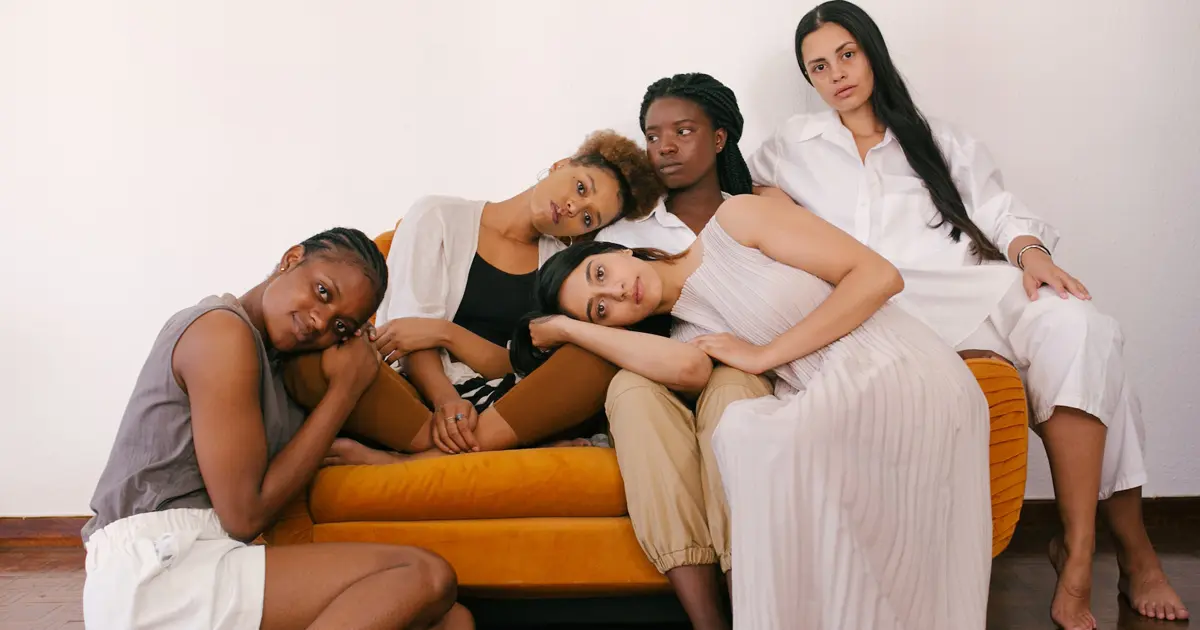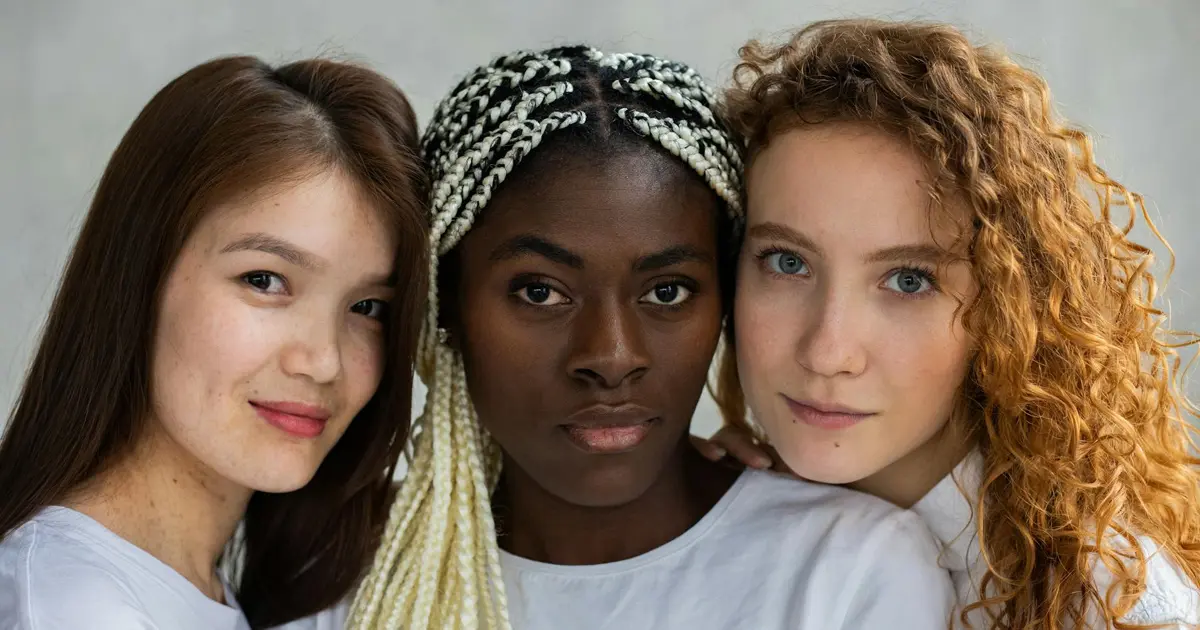Beauty runs the world, or so it seems. Physical attractiveness affects us whether we know of it or not, especially in our highly visual generation.
But do beauty standards really exist? Or is the ideal concept of beauty in different cultures just another social construct?
People from different walks of life and generations have something to say about beauty and its criteria. Some agree on what makes conventional beauty: facial symmetry, proportionate figure, big this, small that, all wrapped in the perfect skin color. Meanwhile, others think that beauty is subjective.
Today, the media reinforces the societal idea of beauty and convinces the rest of us to join the bandwagon. But we will always find contradictions and exceptions to the standard, especially considering the variety of beauty in different cultures and generations.
Beauty Standards in Different Cultures
Standards exist but vary. In this case, what is beauty in different cultures?
Let’s look at various physical aspects to see what different races judge as attractive.
The Perfect Skin
The skin is the largest organ in the body, making it the most noticeable feature, especially among women. But the question of which skin color is the most beautiful remains arguable.
Americans and Europeans love to tan themselves, bathing under the sun all afternoon.
On the other hand, most Asians aim for a pale complexion, consequently sustaining a multi-million dollar skin-whitening industry. A survey from the World Health Organization reports that almost 40% of women respondents from China, Malaysia, the Philippines, and South Korea regularly use whitening products.
Besides color, however, most cultures agree that smooth, soft skin is a top priority. For instance, South Koreans prioritize skincare for a healthy, flawless, youthful glow. Westerners also agree that unblemished, wrinkle-free skin is a non-negotiable beauty standard.
Shape of You
Beauty comes in different shapes and sizes, but certain cultures prefer one side of the spectrum. Americans prefer tall, busty, but slender bodies, while Brazilians like their toned legs and curvy bottoms.
Pakistanis, Thais, and other Asians go for a slimmer figure, contrary to African standards, where the heavier side is traditionally attractive. The more curves and weight you have, the better.
It’s All in the Hair
You can see the idea of beauty in different cultures through their various takes on women’s crowning glory. Many Asian countries, such as Japan, China, the Philippines, and India, admire long, straight, jet-black hair because most people are born with it.
Americans consider wavy or straight, soft hair as typically more attractive than curly hair. Watch any Hollywood series, and you'll see that most, if not all, female main characters adhere to this standard. The reason is that Americans mainly associate waviness and straightness with innocence, sweetness, and royalty. On the other hand, they relate curliness with wildness and lack of control (Bonime 2017).
Meanwhile, Sweden, Norway, the United Kingdom, and Russia prefer long, blond hair because they relate it to economic affluence. According to Andrew Kramer of The New York Times, the use of human hair for extensions is now in high demand. But while dark hair from Asian countries is more plentiful, blond and lighter shades are more valuable because they are easy to dye.
Make-up vs. Natural Beauty
Different beauty standards in different cultures create various takes on the use of make-up.
Many cultures prize the use of make-up to emphasize facial features such as the cheeks, eyes, and lips. Russians, Koreans, and Americans invest a lot in make-up products and spend considerable time painting themselves before the mirror to enhance their beauty.
However, it is different for the French. They prefer natural, make-up-free beauty, or “au naturel.” They “work” more on their effortless look, counting on their distinct and peculiar qualities that make for unconventional beauty.

Is Beauty a Social Construct?
Society dictates the ideal beauty in different cultures, so it is a social construct.
Its dominant tier, most notably those with media, political, and economic control, has the means to mold beauty ideals. They bombard us with propaganda day in and day out, with advertisements and ideologies that tell us what skin color or waistline we should have.
Their influence is unavoidable and most people tend to subscribe to such ideal beauty with or without conscious agreement or comprehension. Society can be a strong current that we don’t always have a chance to challenge. We often find ourselves tolerating or, in the worst-case scenario, blindly following, which is frequently the case with what is considered beautiful in different cultures.
Advantages of Being Attractive
Just as society dictates the perception of beauty in different cultures, it also gives attractive people an advantage.
For example, a research study reveals that attractive people have access to more resources and have greater chances of securing a relationship than others (Yarosh 2019). Another study reports that good-looking people are perceived as more trustworthy than those who weren’t deemed so (Shinners 2009).
No matter how objective we profess ourselves to be, we cannot escape how beauty freely influences our thoughts and actions. So, is the victor in the battle between attractive and unattractive people a no-brainer? Is there a monopoly on beauty, and will unjust advantages for attractiveness continue in society?

Beauty Rooted in Internal Attributes
There are unique beauty standards around the world. However, beauty is more than physical characteristics.
Other less evident factors, such as emotional, intellectual, and psychological factors, also influence the beauty we see in a person.
A person’s soft contours complement their gentle actions. A sweet face frames a kind and generous heart. One’s attractive, glowing appearance is often a reflection of a noble and cheerful character. These internal attributes give beauty in different cultures a more complete definition.
More than what Meets the Eye
Beauty standards are an ever-present reality that is simultaneously a mystery.
Even though we try to grasp it, as evidenced by the prevailing beauty ideals in different cultures, there is more to beauty than meets the eye.
Go beyond ‘attraction-at-first-sight’ to recognize beauty in all its fullness and realize that it’s possible to find it in everyone, regardless of what society says.
References
Salvá, Ana. 2019. “Where Does the Asian Obsession With White Skin Come From?” The Diplomat.
https://thediplomat.com/2019/12/where-does-the-asian-obsession-with-white-skin-come-from/.
Bonime, Western. 2017. “Curly Vs. Straight Hair: How Hollywood 'Straightens' Us Out.” Forbes.
https://www.forbes.com/sites/westernbonime/2017/11/27/curly-hair-vs-straight-how-hollywood-straightens-us-out/.
Kramer, Andrew E. 2010. “For Russia's Poor, Blond Hair Is Snippet of Gold (Published 2010).” The New York Times.
https://www.nytimes.com/2010/11/22/business/global/22blond.html.
Yarosh, Daniel B. 2019. “Perception and Deception: Human Beauty and the Brain.” Behavioral Sciences 9, no. 4 (March). 10.3390/bs9040034.
Shinners, Erin. 2009. “Effects of The “What is Beautiful is Good” Stereotype on Perceived Trustworthiness.” University of Wisconsin, Journal of Undergraduate Research 12.
https://www.uwlax.edu/globalassets/offices-services/urc/jur-online/pdf/2009/shinners-erinpsy.pdf.



















